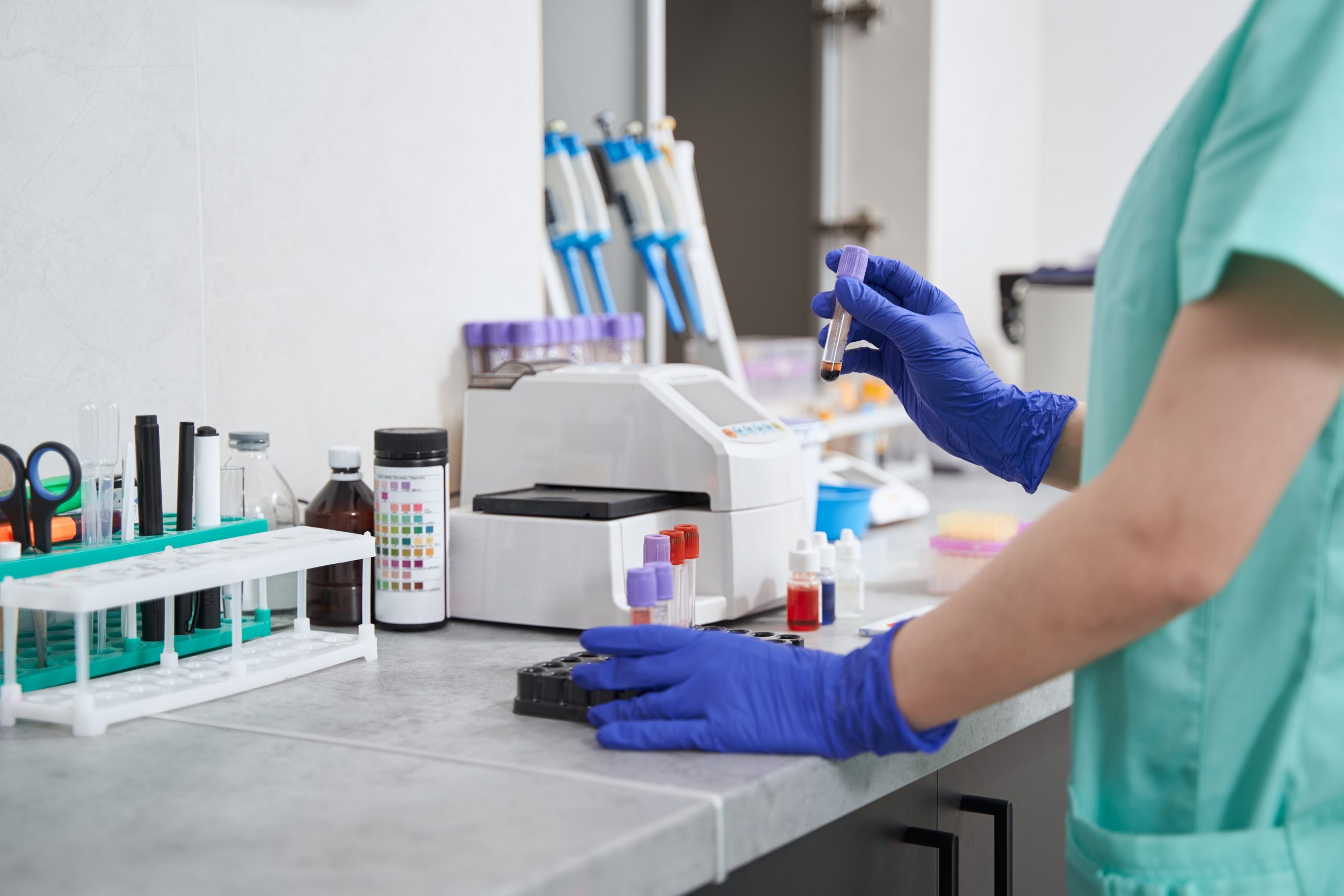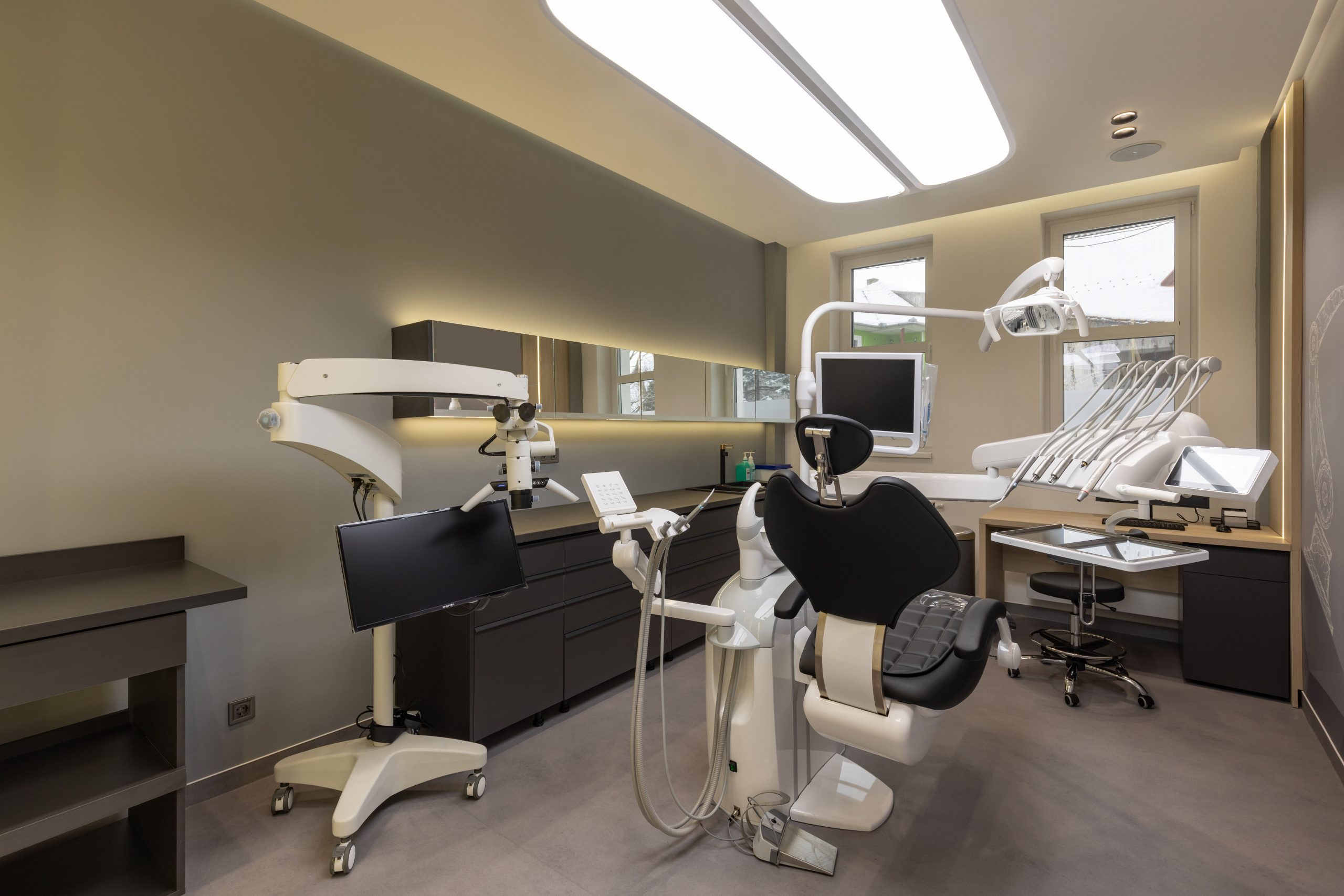If you’re planning to construct a new lab or renovate an existing space, here are the essential factors to take into account.
Start With a Plan
A sound business plan can assist your medical laboratory in deciding the necessary equipment, technology and resources to run efficiently. Furthermore, having an organized document ensures you remain compliant with government regulations.
Hiring Quality Staff
One of the most essential elements in running a laboratory is your team of technicians. They must be qualified and trained to work safely in an industrial setting. A knowledgeable laboratory manager knows how to select qualified individuals for each position.
You must hire qualified professionals who can perform tests that meet all federal, state and local regulations. Doing so will guarantee your patients’ safety as well as provide reliable results.
Create a Clear Vision of What Your Lab Will Do
Before you can begin building your lab, you must determine which testing services you want to offer and how you plan to market them. For instance, you might decide that your laboratory will offer blood glucose testing for diabetic patients. You’ll then need to create an effective marketing campaign for your new venture.
Create a Unique Selling Proposition (USP)
Your USPs are the qualities of your services that set them apart from competitors. You can leverage them in your website and other marketing materials to draw customers in.
Conduct thorough Research
Every great business starts with research. You’ll need to do extensive analysis on the lab testing industry, your competitors and target markets in order to create a comprehensive business plan that outlines all of the steps necessary for establishing an effective medical laboratory.
Finding the Ideal Location for Your Lab
Medical laboratories are typically situated in hospitals, medical centers, doctor’s offices and group practices. They may also be found in skilled nursing and long-term care facilities.
When opening a laboratory, it’s wise to locate your facility in an accessible area for patients. This is especially crucial if you plan on having people come in for blood draws or other samples that require lots of walking.
In addition to the necessary equipment for your medical laboratory, it’s beneficial to design and layout the work area so that all staff members can easily maneuver it. This reduces errors, eliminates downtime, and maximizes productivity.
Modern medical laboratories typically feature open-plan layouts. These designs give laboratories the freedom to adapt their space as their needs shift over time, providing flexibility to grow or shrink as necessary.
This can include adding new equipment, upgrading old equipment, changing the physical layout of a lab or relocating it elsewhere in the facility. Unfortunately, this process requires contractors to tear down walls and reposition cabinets – an often lengthy endeavor.
Avoid these hassles by hiring professionals with expertise in medical lab settings. These specialists can guide you through all necessary processes and paperwork for opening a medical laboratory.



